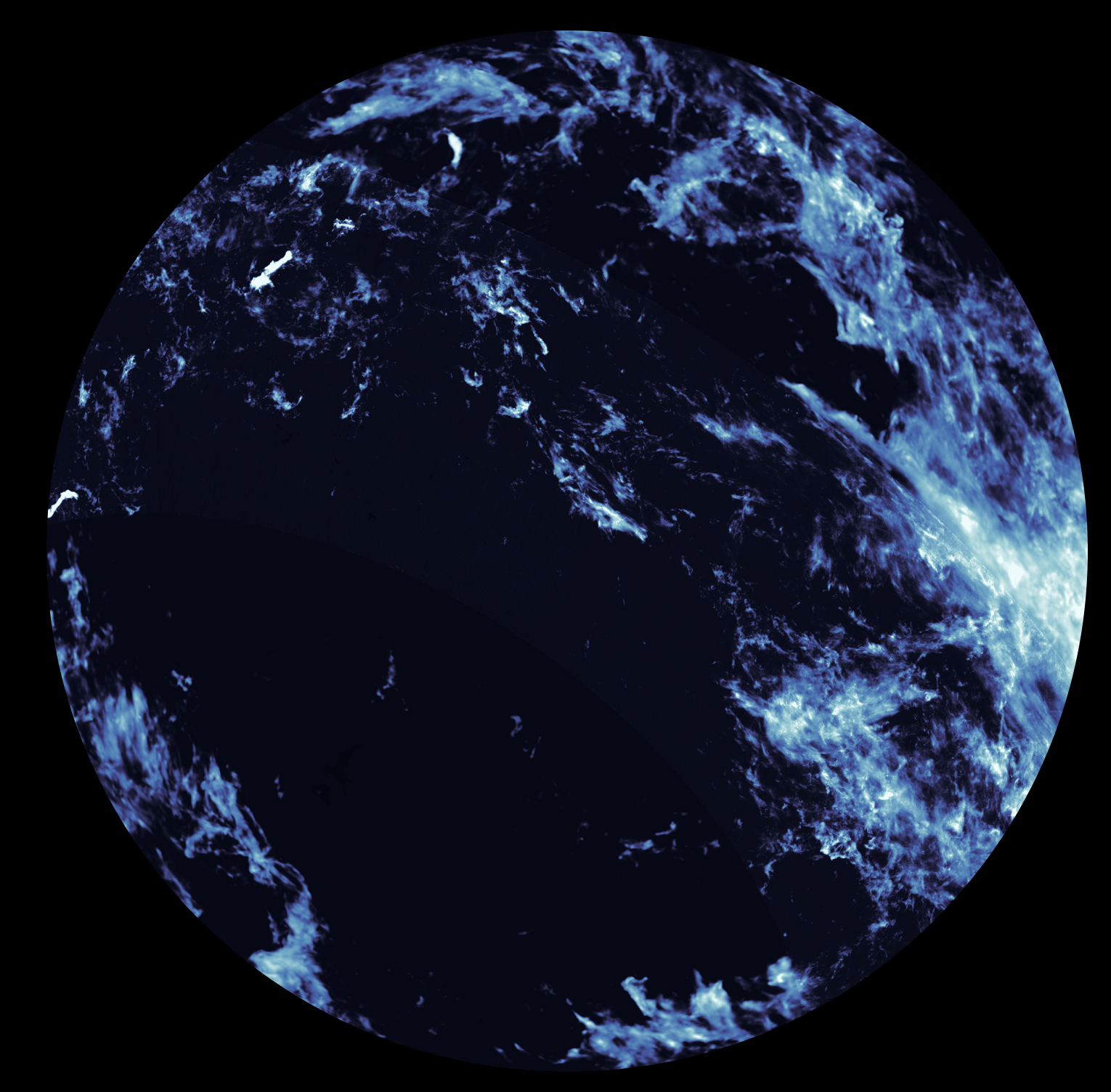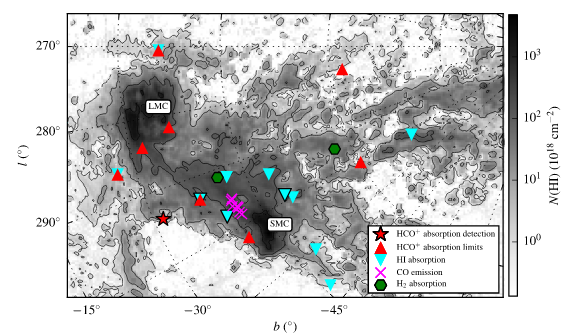
Scylla: a multi-headed attack on dust evolution and star formation
I am the PI of Scylla: a 500-orbit Hubble Space Telescope (HST) parallel imaging program (Cycles 27-29) to complement the HST Ultraviolet (UV) Legacy library of Young Stars as Essential Standards (ULLYSES) survey. We will: (1) map the extinction curve and dust grain properties at high resolution in a diverse range of interstellar conditions; (2) constrain the multi-dimensional structure of gas in the Large and Small Magellanic Clouds; and (3) measure the comprehensive star formation and chemical enrichment histories of nearby dwarf galaxies.





